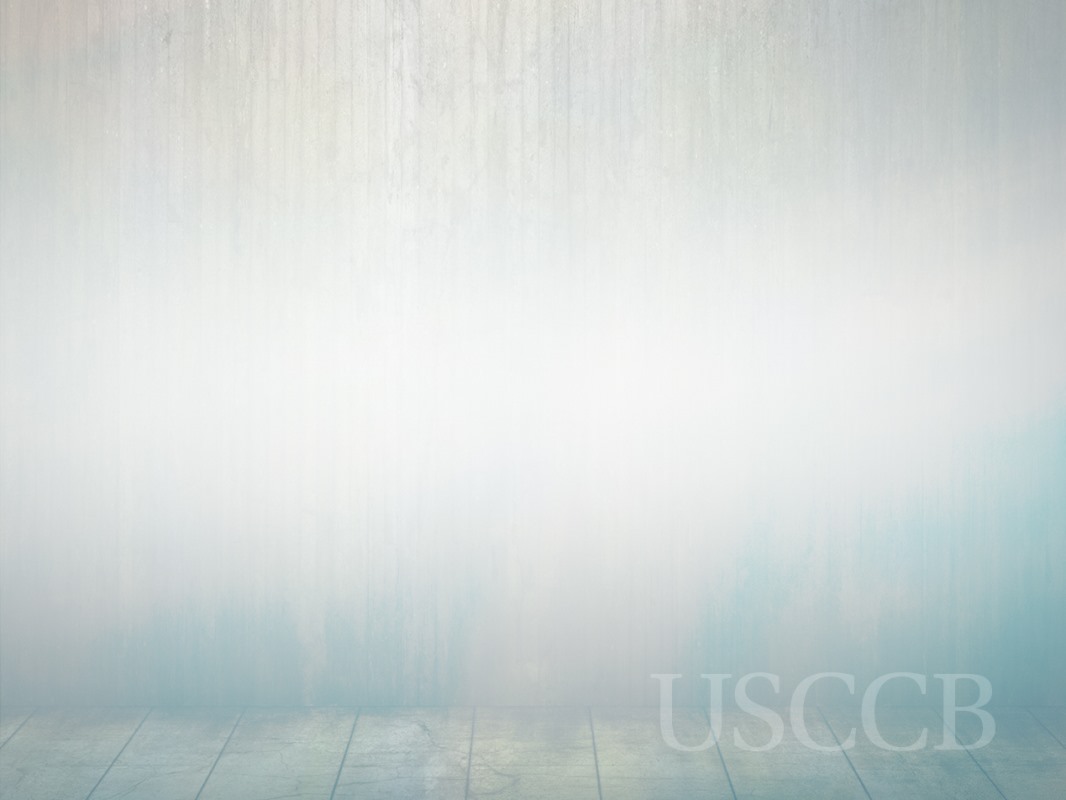

20
|
How to Cover the Catholic Church
cate were a 1994 consistory on new religious movements and the defense of
human life, and a 2001 assembly focusing on the church’s priorities for the
21st century. The
Sala Stampa
will publish information in the
Bollettino
from
an extraordinary consistory, which lasts three to four days, and certain cardi-
nals may make their speeches available to reporters.
Synods
A synod is another type of meeting, in this case involving bishops, and is
almost always held in two different instances: (1) a general session, or world-
wide synod, which examines a specific theme concerning the entire church
and gathers prelates from across the globe; or (2) a special session, which
deals with a particular region, such as Africa. In either case, it is the pope who
convokes one. Pope Paul VI reinstituted the synod structure following the
Second Vatican Council.
Unlike an ecumenical council, which any bishop has a right to attend,
synod participants are elected representatives of their bishops’ conferences
or are appointed by the pope. The Union of Superiors General, representing
heads of male religious orders, also elects a small number of its members as
synod participants. The synod may offer suggestions to the pope at the close
of its assembly, but it does not enact any binding decisions.
In rare cases the pope will call an
extraordinary synod
, made up of the
presidents of bishops’ conferences and papal appointees. It’s a smaller assem-
bly, about half the size of a general or special session, either of which generally
numbers about 250 participants. The last extraordinary synod was convened
in 1985, to mark the 20th anniversary of Vatican II.
A preparatory document, called the
lineamenta
, goes out in advance to
get comments. A follow-up document, the
instrumentum laboris
, outlines the
topics. During the meeting itself, bishops present speeches more or less hew-
ing to the chosen subjects. Pope Benedict XVI cut the amount of time per
address down to six minutes, from his predecessor’s limit of eight minutes.
He also cut the length of synods themselves to three weeks, from the previous
four. After the bishops’ prepared remarks, the assembly holds an open discus-
sion at the end of the day.
The press office will provide summaries of speeches and hold daily brief-
ings—but, as with other Vatican meetings, don’t expect an avalanche of infor-
mation. The summaries and briefings tend to leave out the meat of the discus-
sions. Some bishops may provide copies of their presentations.

















